Space for My Body: Anu Põder’s retrospective opens in Switzerland
Estonian artist Anu Põder is celebrated by Switzerland’s Muzeum Susch in an exhibition curated by Cecilia Alemani
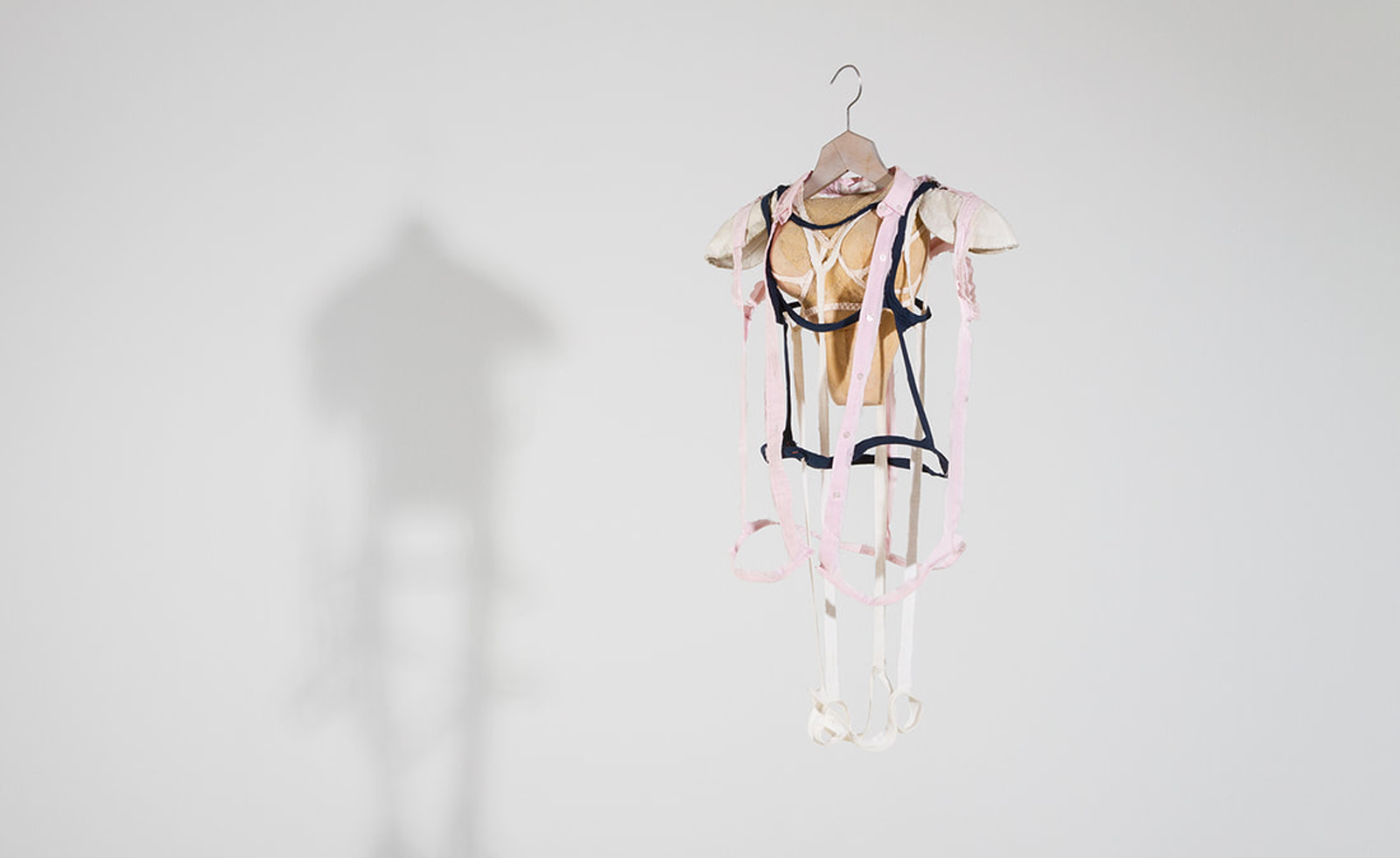
Estonian artist Anu Põder (1947-2013) was fascinated by the fragility of the human body, exploring its fleeting nature in works at odds with the classic Soviet art which dominated in the second half of the twentieth century. Põder directed her frustration at the Soviet’s occupation of Estonia in 1940 (until independence gained in 1991) inwards, translating an eclectic jumble of materials - wax, plaster, soap - into sculptures which depicted the inside of the human body.
For the first time, Põder’s work is now the subject of a retrospective outside of her native Estonia, with Anu Põder: Space for My Body, opening at Switzerland’s Muzeum Susch in an exhibition curated by Cecilia Alemani. The museum, expressly created to champion overlooked international avant-garde women artists, will present over forty works dating from 1978 to 2012.

‘I was very taken by Anu’s work because I find it incredibly unique, powerful and surprising, especially when it comes to the field of sculpture,’ Alemani tells us. ‘Considering that she was working in complete isolation in Estonia, a country that was annexed to the Soviet Union in the 1940s and remained largely isolated from the rest of the world until the early 1990s, I find her visual language very complex and compelling. Her use of innovative materials at a time when most artists around her were using bronze and stone, her anti-monumental approach to figuration, portraying the body and its fragilities, and finally her masterful way of quoting classical references while at the same time introducing cracks, seams, appendixes and stitches is remarkable and make her one of the most powerful voices working in Eastern Europe during those years.’
The exhibition is loosely divided into three parts. The first is composed of dolls and mannequins, for the artist’s investigation of the body, the second the unusual materials Põder used to represent the body and the third dissenting her relationship with the senses and desire.
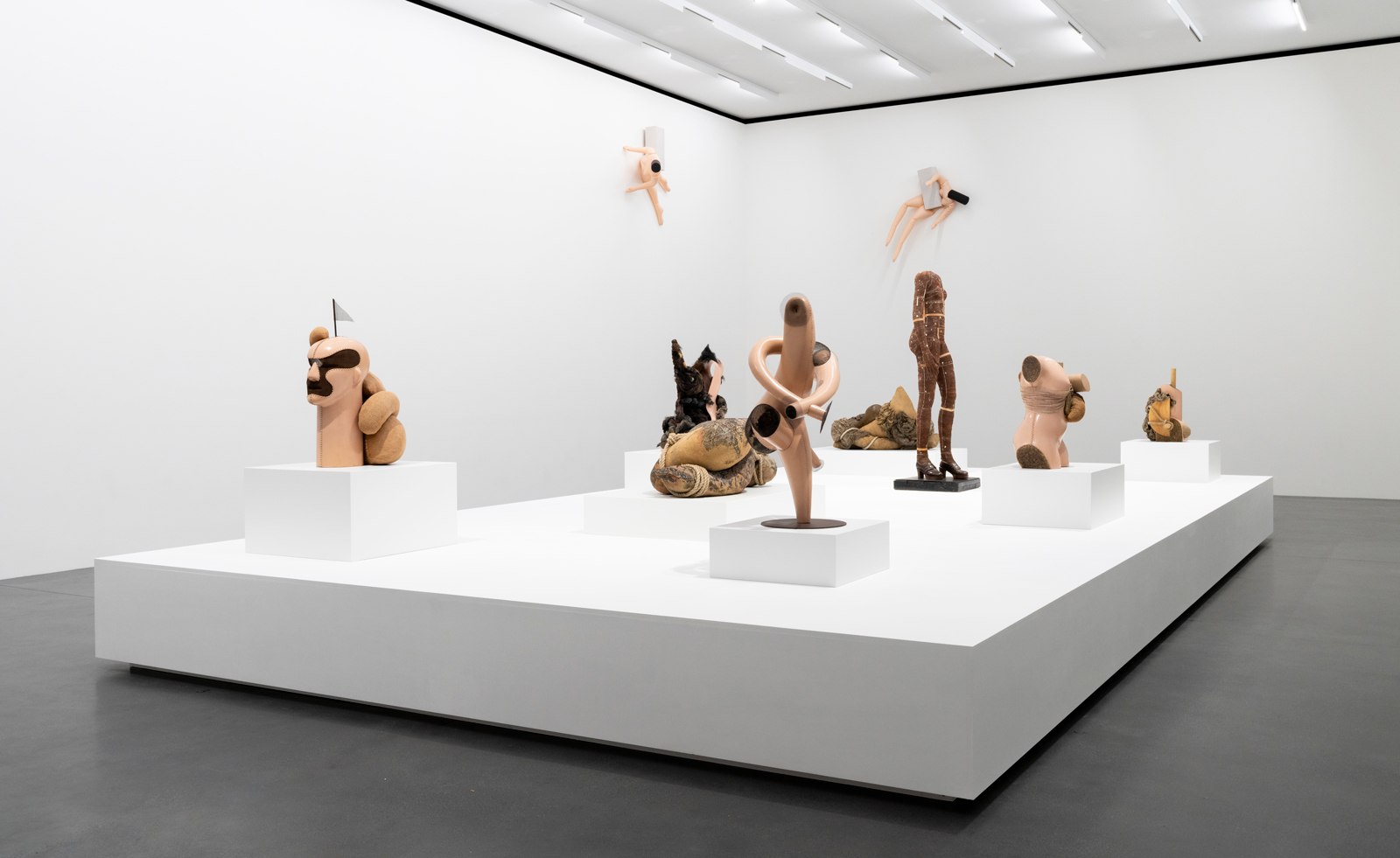
‘I think Anu was an incredibly skilled artist,’ Alemani adds. ‘Her confidence when it comes to materials, as well as her ability and openness to experiment with unusual textures and elements, in particular if you think of her work from the 1980s, is even more relevant in the context of an occupied country, where scarcity of goods and art supplies was very common. Anu turned this shortage into a resource, adopting materials that perhaps she wouldn’t have used in other circumstances. Her formal language is also visibly influenced by a classical education, and yet she is able to embed her figures with the anxieties and preoccupations that she must have felt growing up as a young woman, single mother of three children, in an occupied country.’
By loosely following a chronological order, the exhibition emphasises the drastic change which overcame Põder’s work upon Estonia’s independence in 1991. ‘It becomes more introspective, searching for her roots and origin in a rural, and perhaps mythological, Estonia, and employing found garments as stands-in for the body. And finally, her later work focuses on ideas of nourishments and food, stimulating all senses with sculptures and installations that often employ ephemeral elements like honey, chocolate and fat, which can eventually deteriorate, change and disappear.’
Anu Põder: Space for My Body at Muzeum Susch from3 January – 30 June 2024
Receive our daily digest of inspiration, escapism and design stories from around the world direct to your inbox.
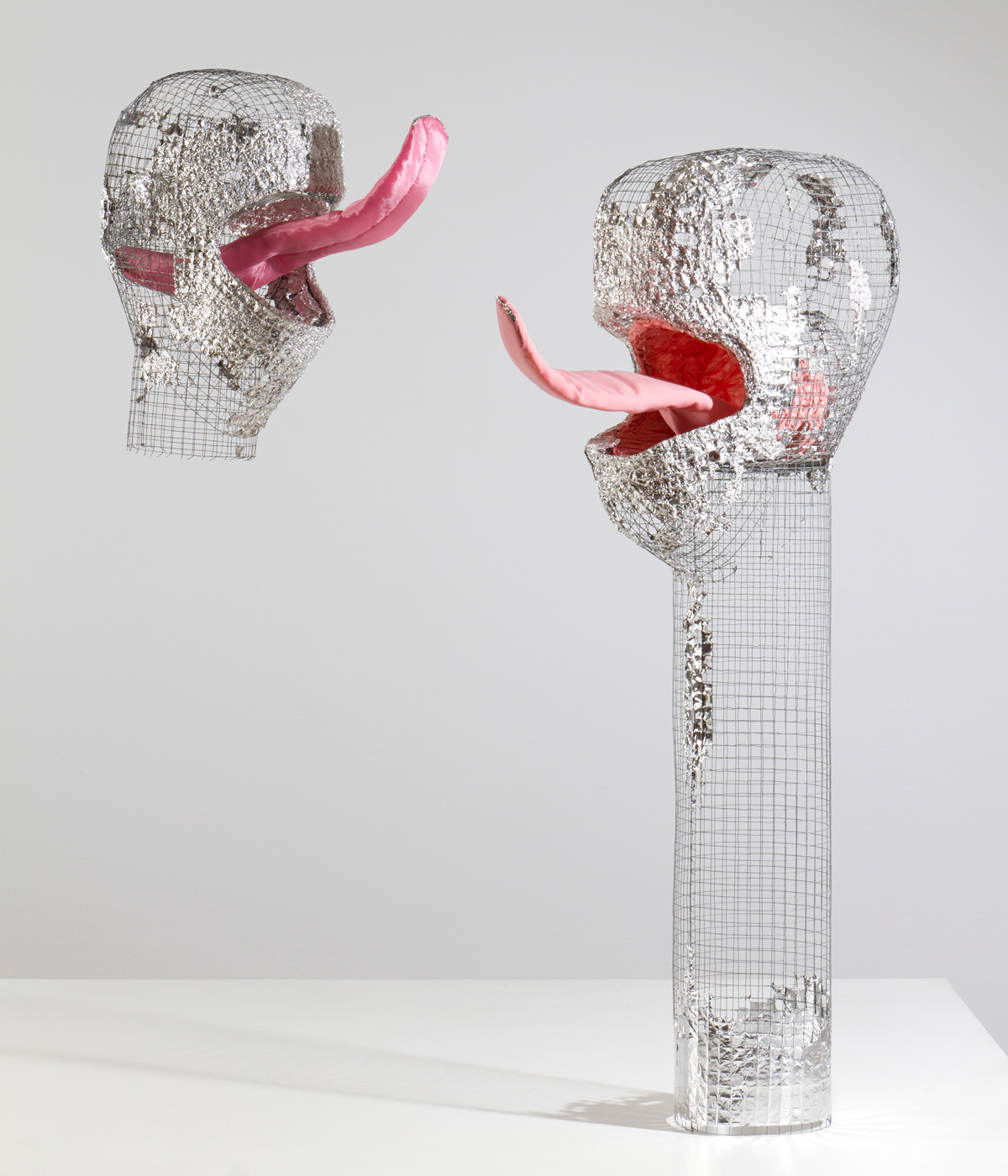
Hannah Silver is the Art, Culture, Watches & Jewellery Editor of Wallpaper*. Since joining in 2019, she has overseen offbeat art trends and conducted in-depth profiles, as well as writing and commissioning extensively across the worlds of culture and luxury. She enjoys travelling, visiting artists' studios and viewing exhibitions around the world, and has interviewed artists and designers including Maggi Hambling, William Kentridge, Jonathan Anderson, Chantal Joffe, Lubaina Himid, Tilda Swinton and Mickalene Thomas.
-
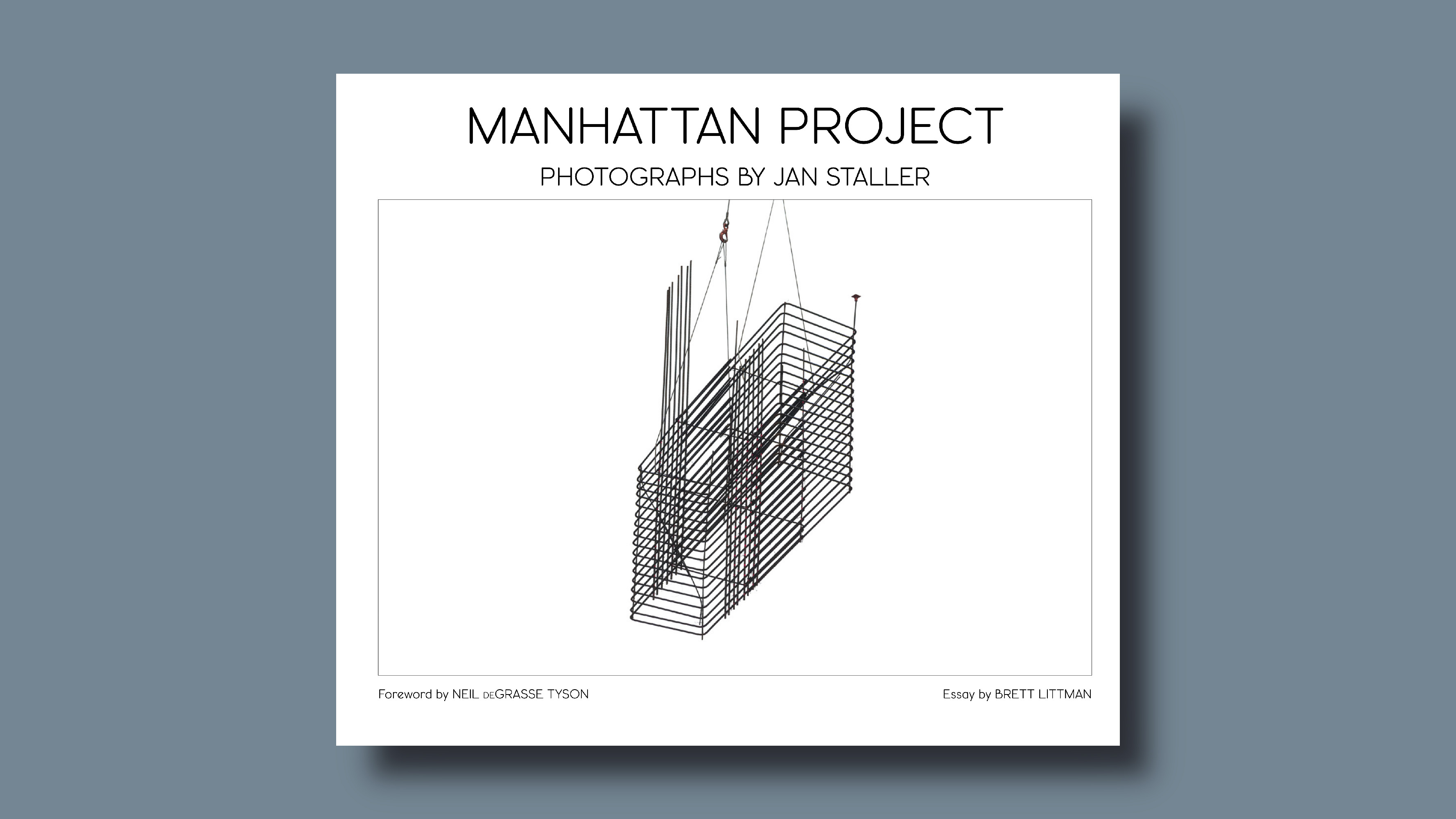 Jan Staller’s Manhattan Project is an abstracted chronicle of a city under construction
Jan Staller’s Manhattan Project is an abstracted chronicle of a city under constructionThe photographer Jan Staller shows another side of New York’s relentless change with this portfolio of dynamic, sculptural images
-
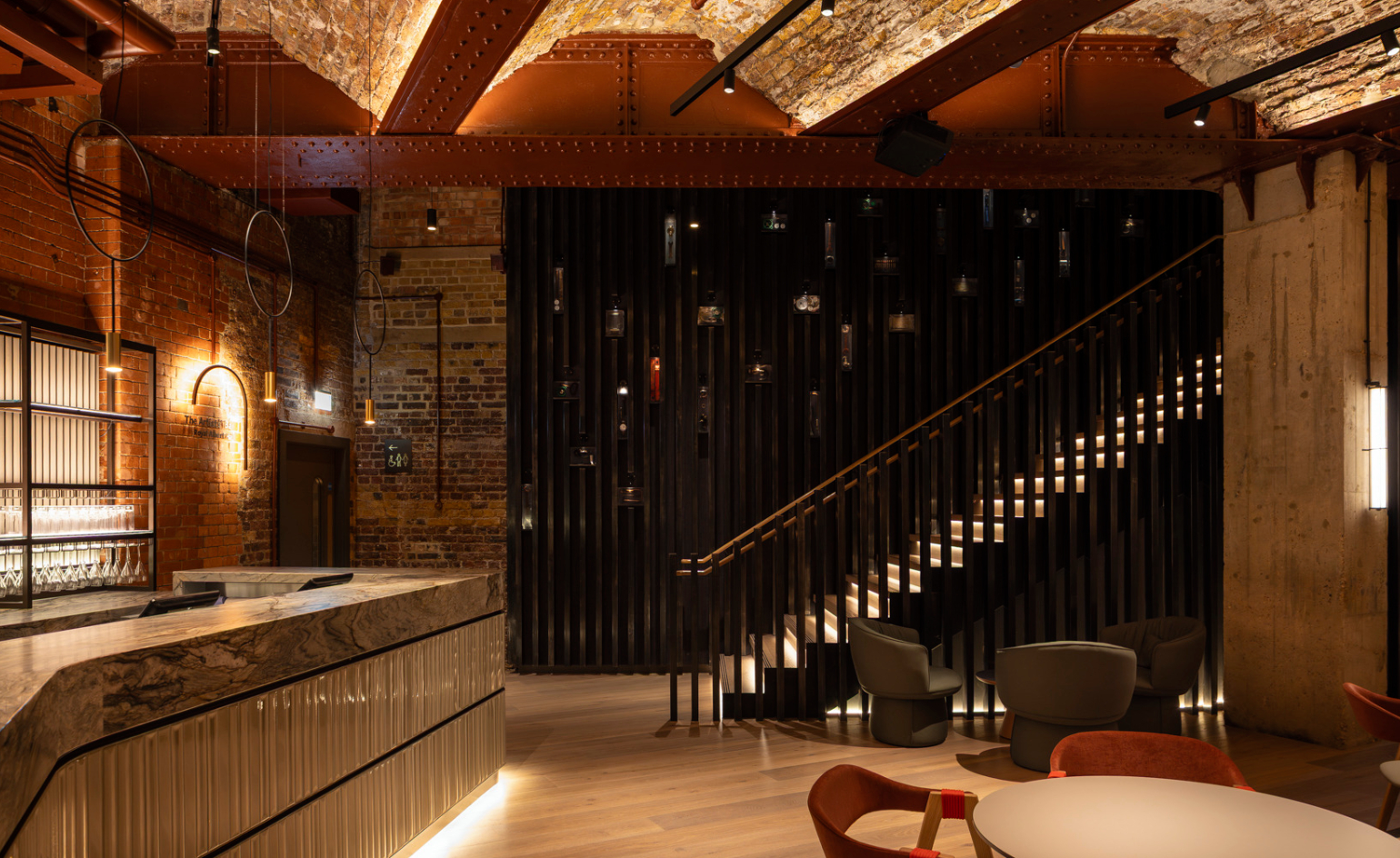 Take an exclusive look at the Royal Albert Hall’s new Artists’ Bar
Take an exclusive look at the Royal Albert Hall’s new Artists’ BarLocal architecture studio BDP converts the Royal Albert Hall’s steam boiler house into a sophisticated bar for performers (and their guests – see if you can get yourself invited)
-
 Van Cleef & Arpels’ immersive workshops reveal jewellery-making secrets
Van Cleef & Arpels’ immersive workshops reveal jewellery-making secretsEvery year in Lyon, Van Cleef & Arpels opens its doors to the public with a series of workshops and events. Here is what goes on
-
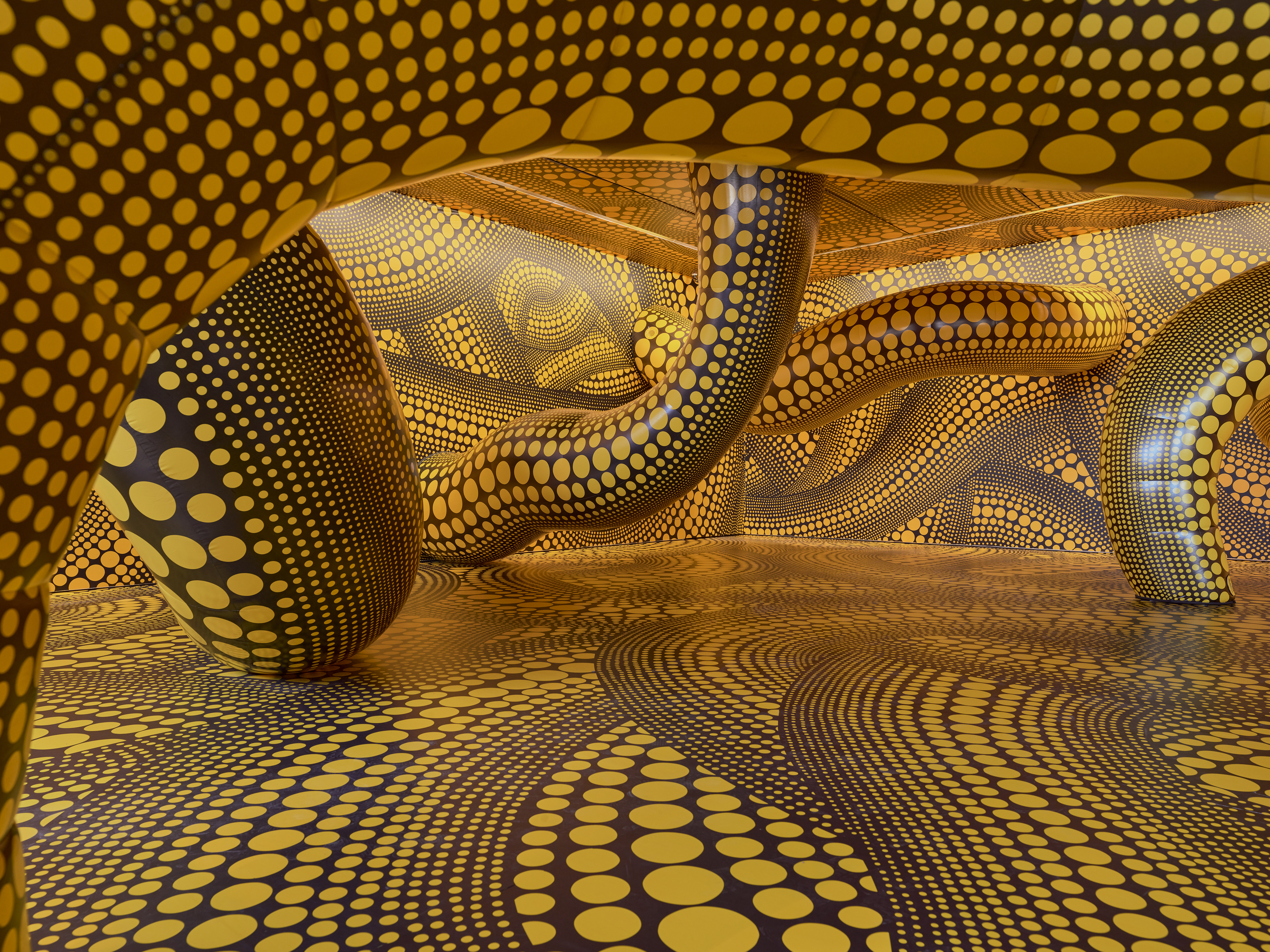 Unseen works meet immersive showstoppers as Yayoi Kusama hits Switzerland
Unseen works meet immersive showstoppers as Yayoi Kusama hits SwitzerlandAt the Fondation Beyeler in Basel, there are 300 works by Kusama to discover and it’s delightfully discombobulating
-
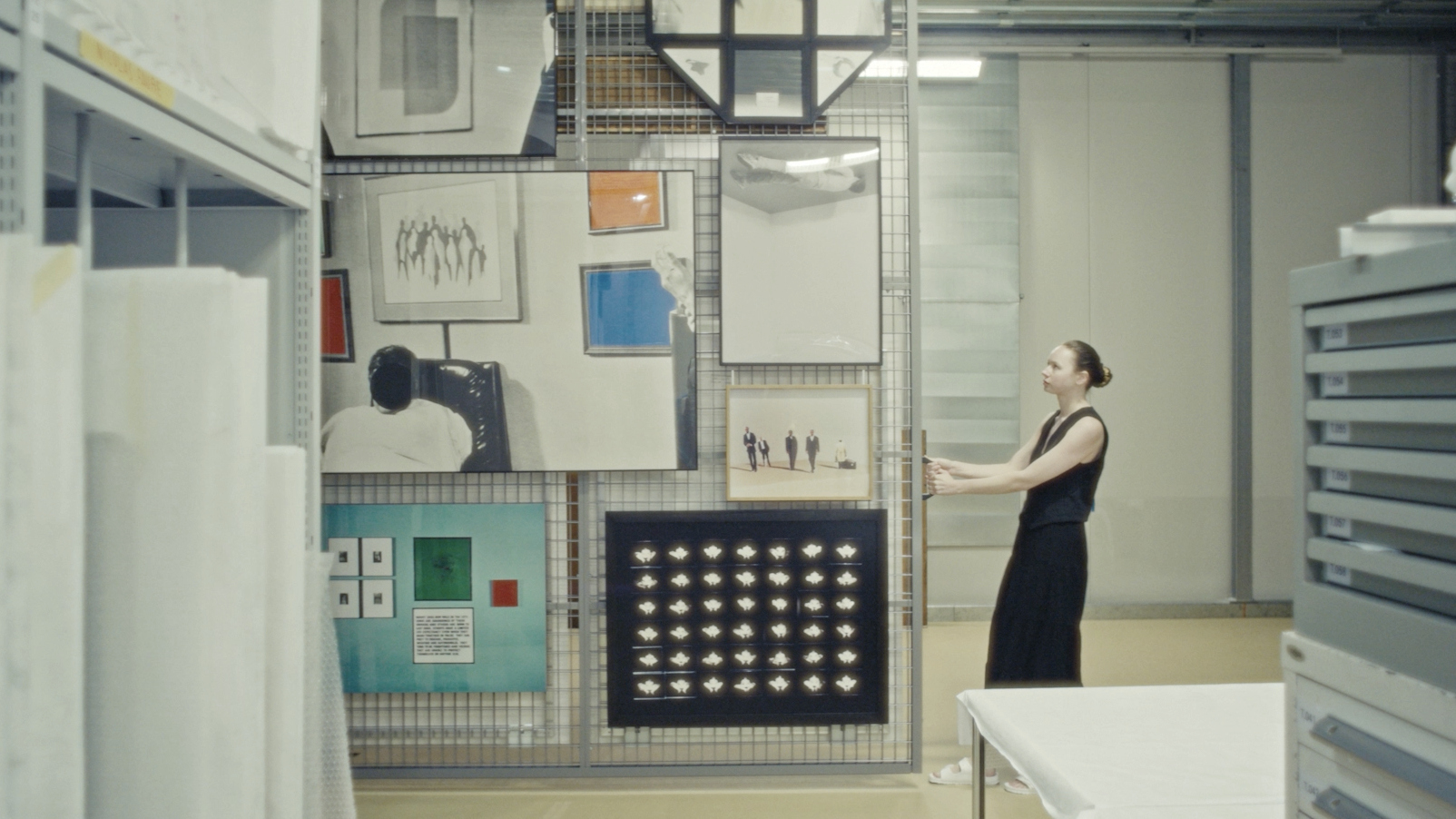 What to see at Switzerland’s art museums this autumn and winter
What to see at Switzerland’s art museums this autumn and winterWorld-class art, design and photography await at 11 Swiss museums. Take a video tour to peek inside, then plan your trip with our guide to the best exhibitions to see now and into 2026
-
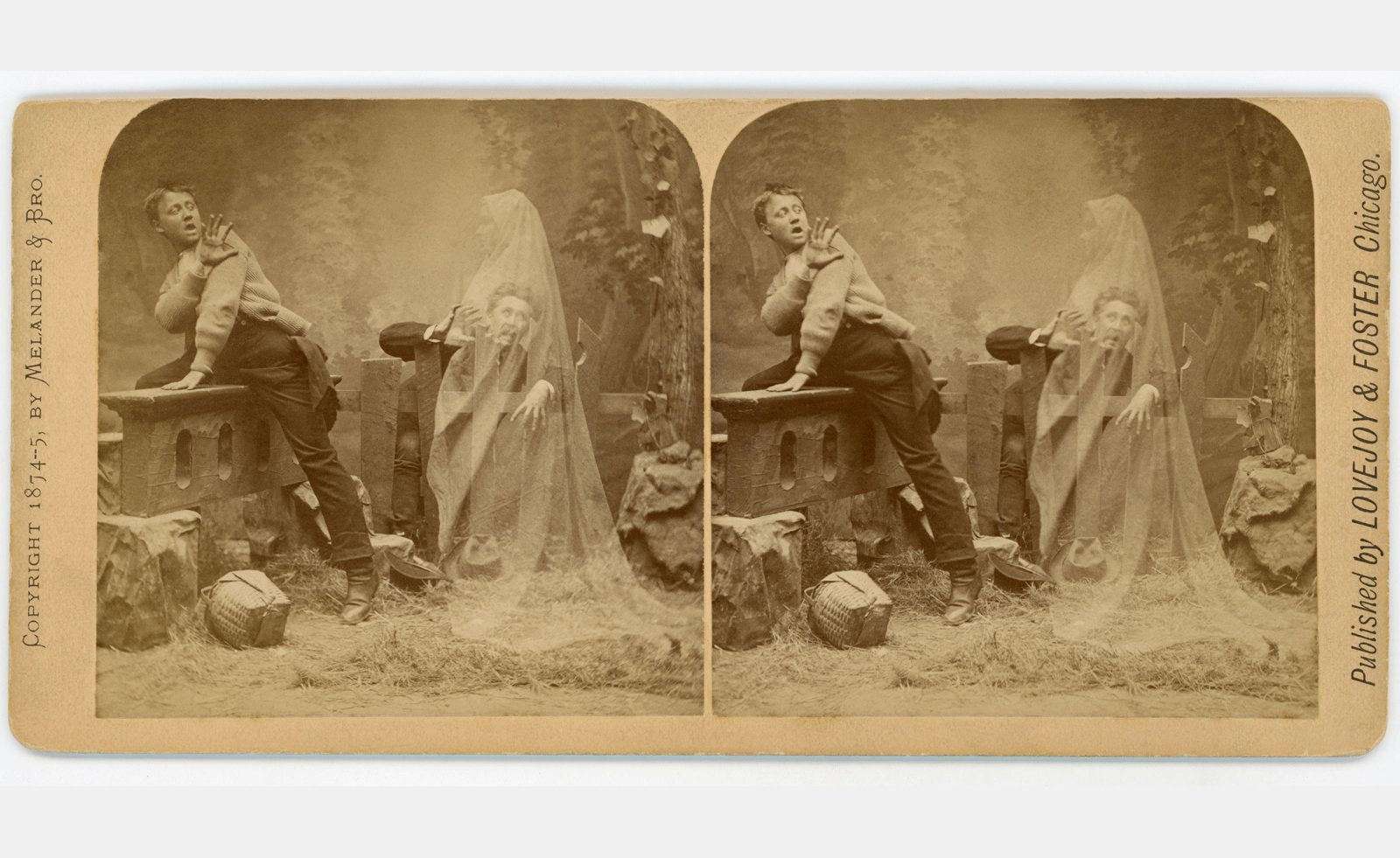 Why are we so obsessed with ghosts? From the psychological to the gothic, a new exhibition finds out
Why are we so obsessed with ghosts? From the psychological to the gothic, a new exhibition finds outGhosts have terrified us for centuries. ‘Ghosts: Visualizing the Supernatural’ at Kunstmuseum Basel asks what is going on
-
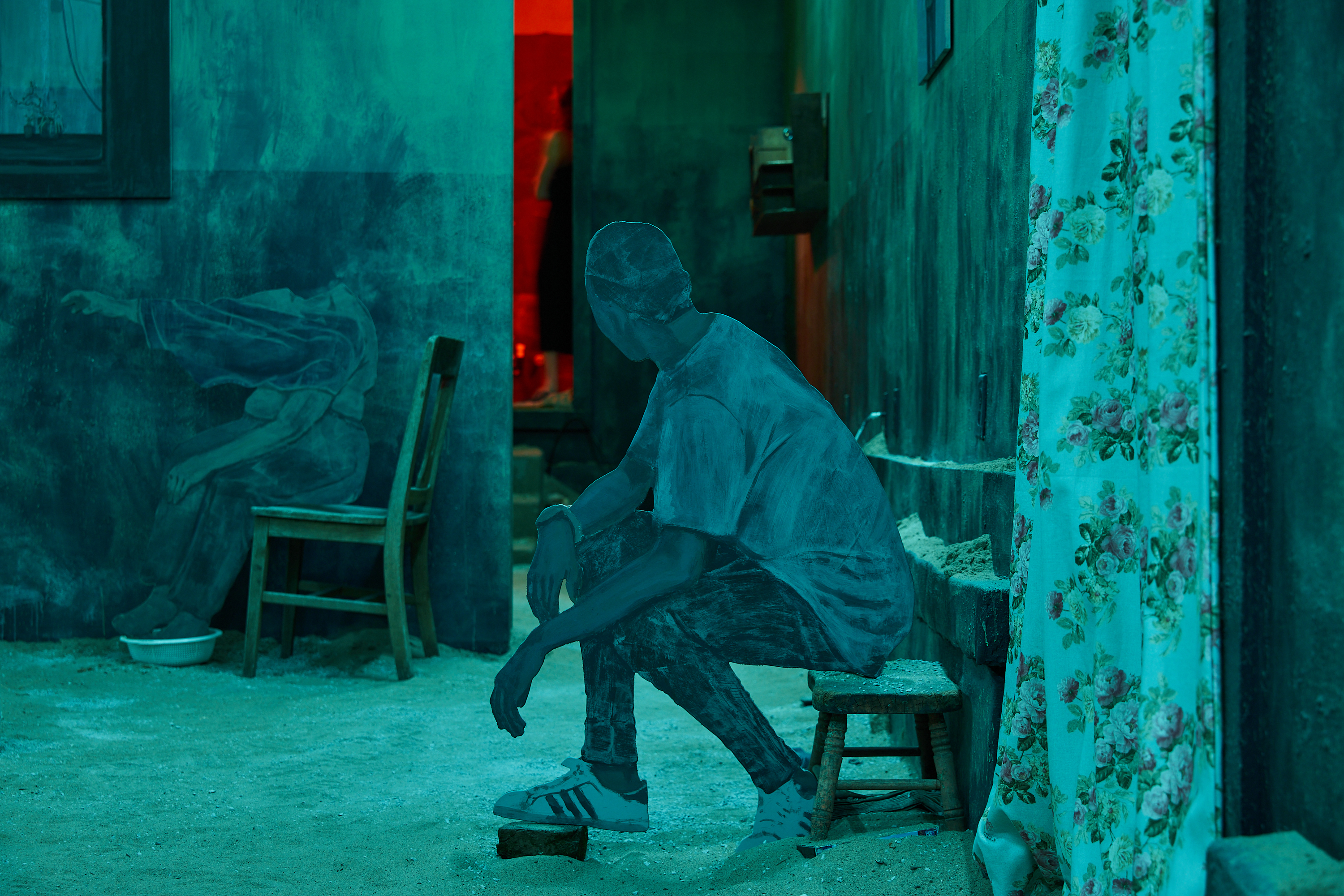 12 things not to miss at Art Basel 2025
12 things not to miss at Art Basel 2025Art Basel is bigger and better than ever. Avoid overwhelm, follow our definite what-to-see guide at this year's event (19-22 June)
-
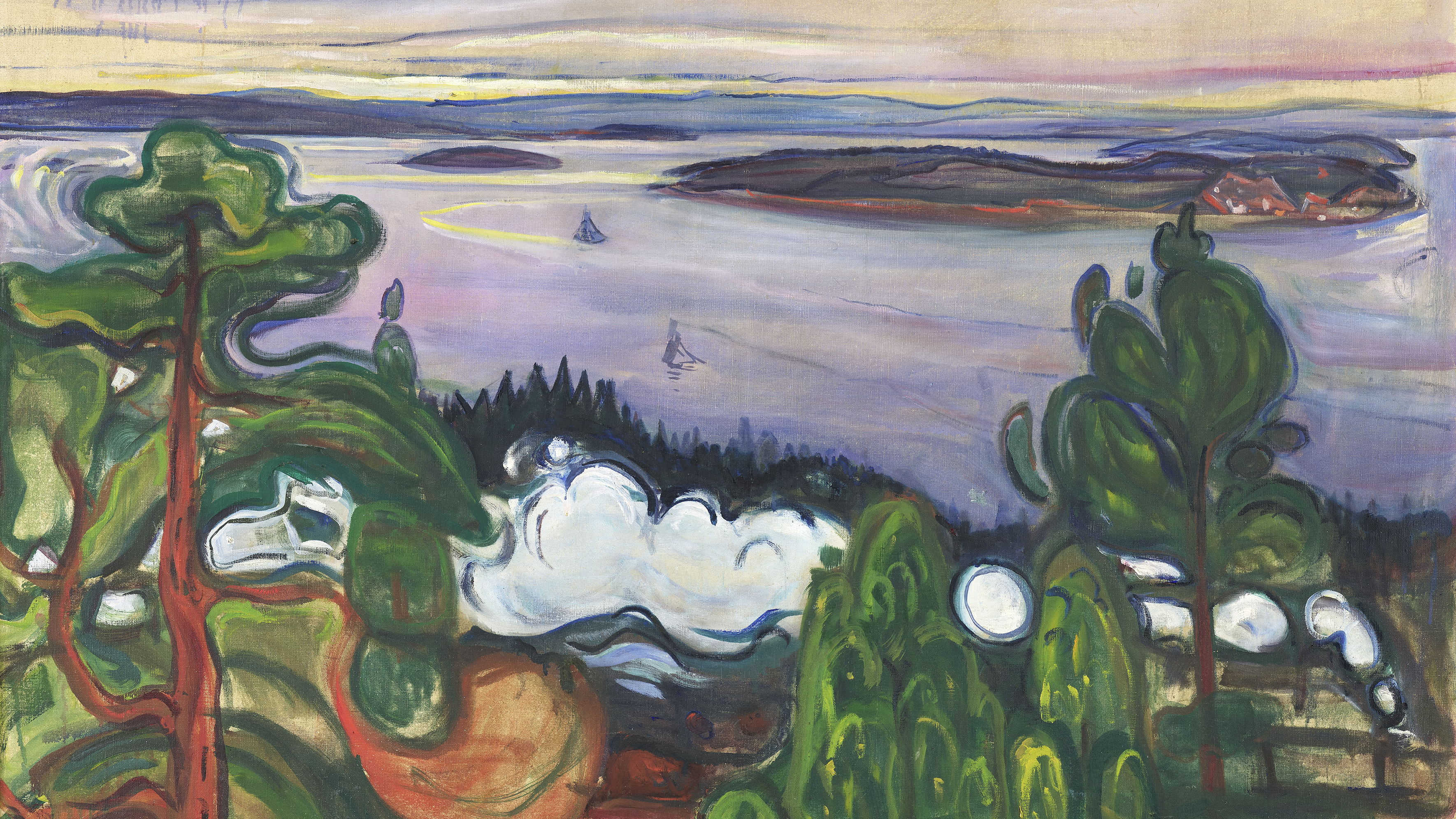 Switzerland’s best art exhibitions to see in 2025
Switzerland’s best art exhibitions to see in 2025Art fans, here’s your bucket list of the standout exhibitions to see in Switzerland in 2025, exploring compelling themes and diverse media
-
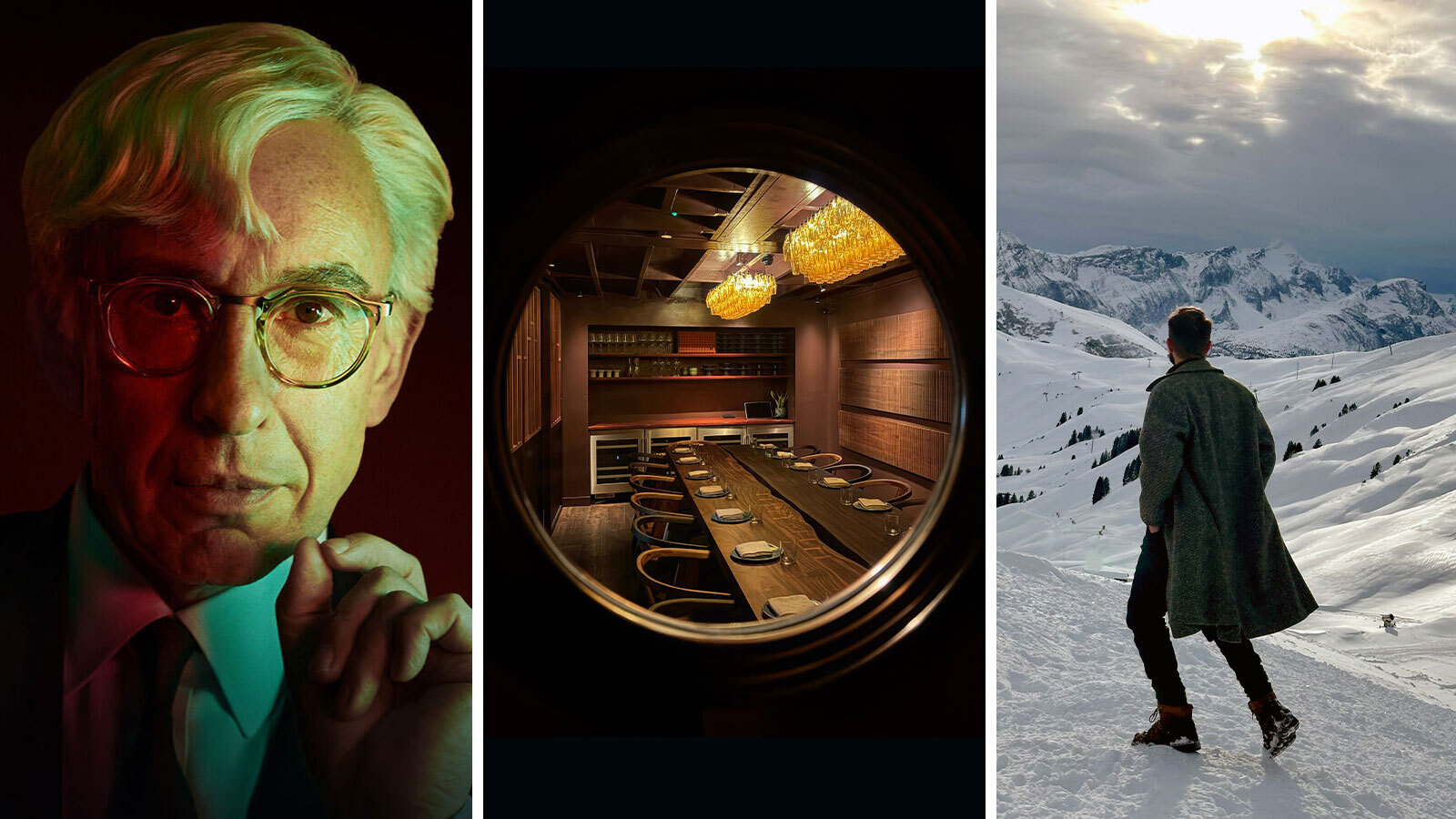 Out of office: what the Wallpaper* editors have been doing this week
Out of office: what the Wallpaper* editors have been doing this weekA snowy Swiss Alpine sleepover, a design book fest in Milan, and a night with Steve Coogan in London – our editors' out-of-hours adventures this week
-
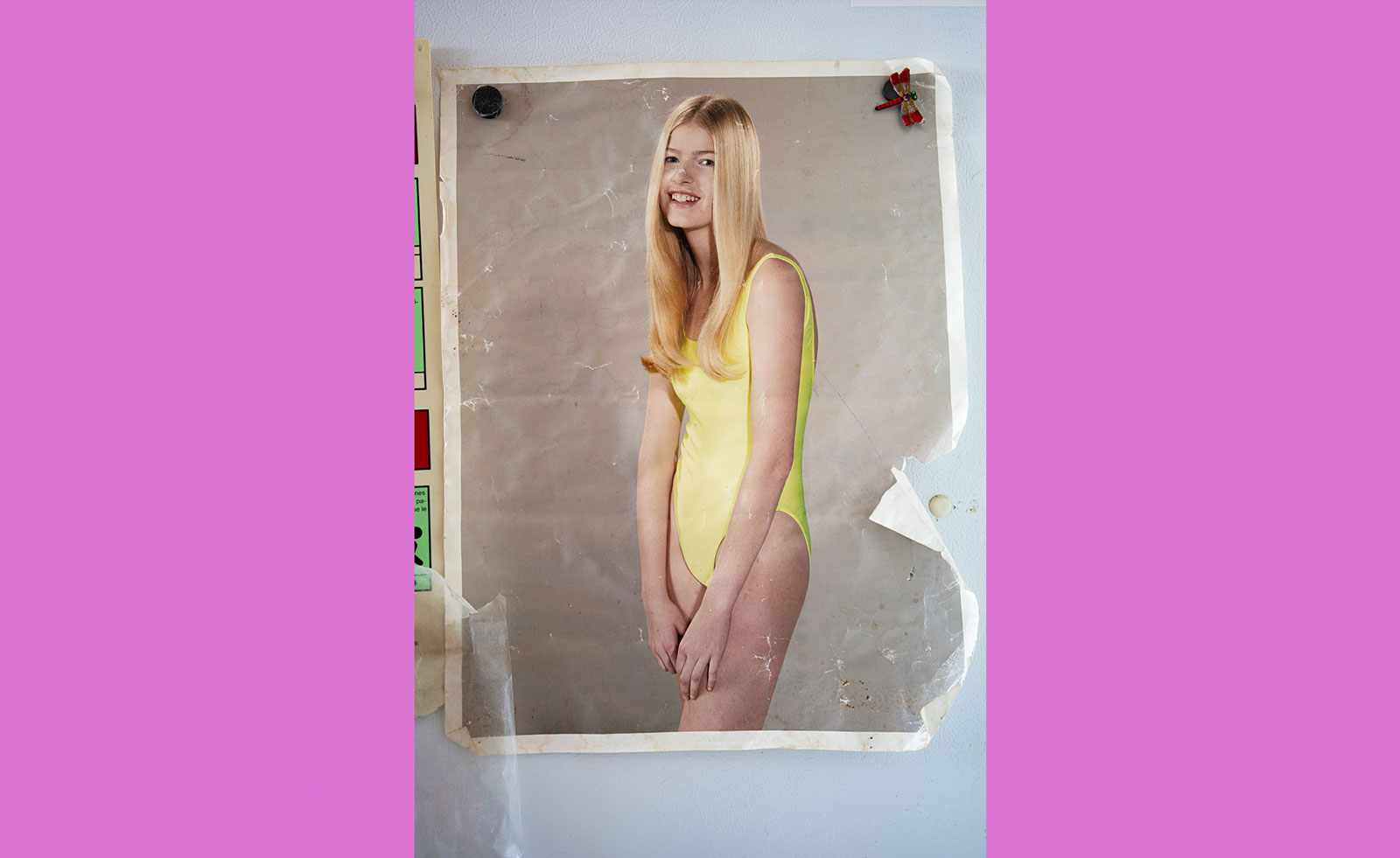 ‘Happy birthday Louise Parker II’: enter the world of Roe Ethridge
‘Happy birthday Louise Parker II’: enter the world of Roe EthridgeRoe Ethridge speaks of his concurrent Gagosian exhibitions, in Gstaad and London, touching on his fugue approach to photography, fridge doors, and his longstanding collaborator Louise Parker
-
 What to see at Art Basel 2024, as the fair arrives at its hometown
What to see at Art Basel 2024, as the fair arrives at its hometownArt Basel 2024, the fair of all fairs, runs 13-16 June, with 285 international exhibitors and a long list of side shows and projects